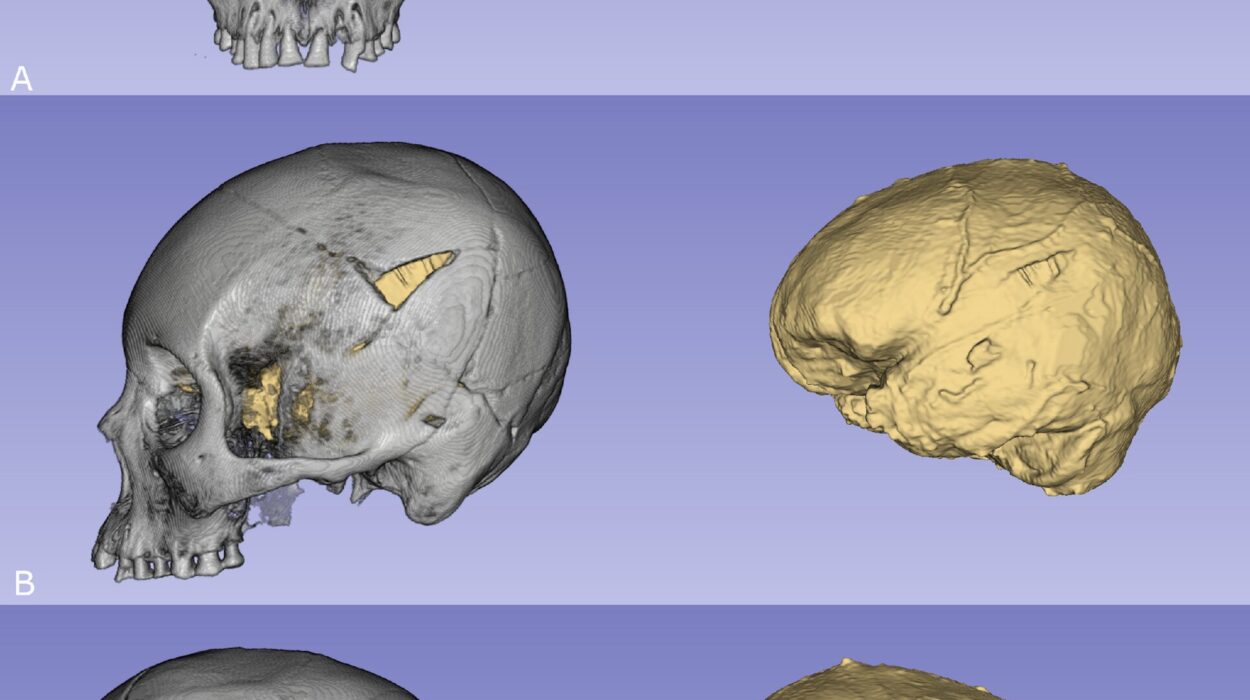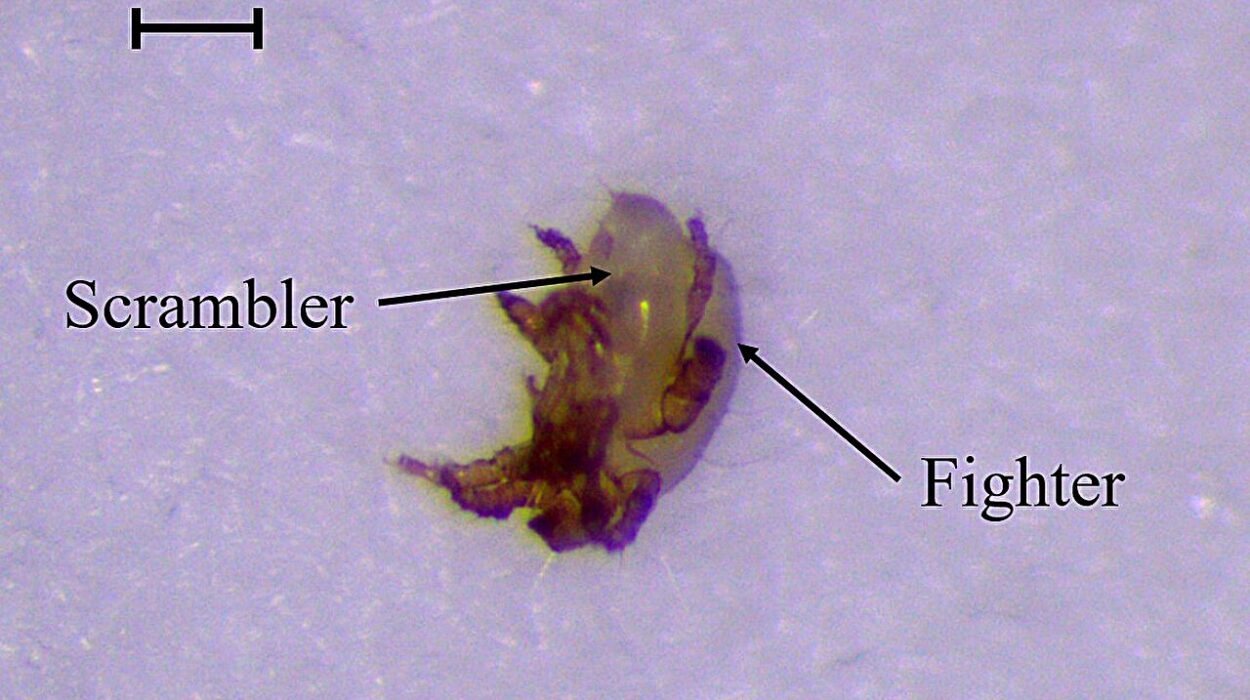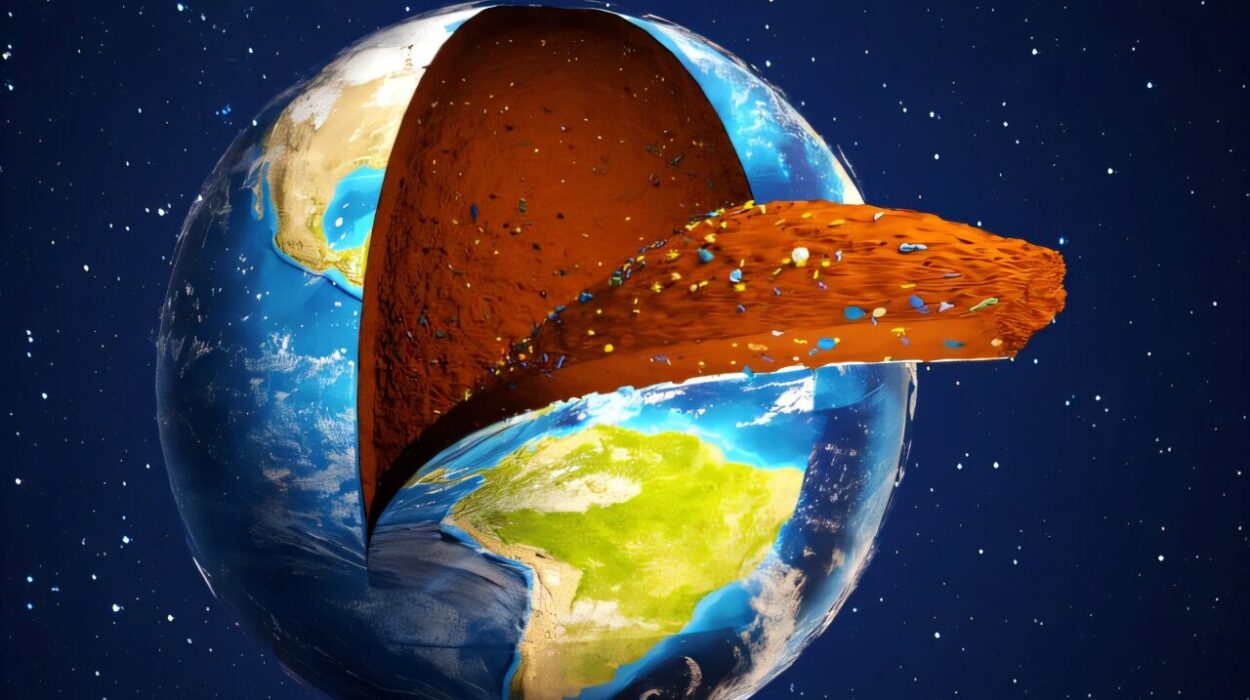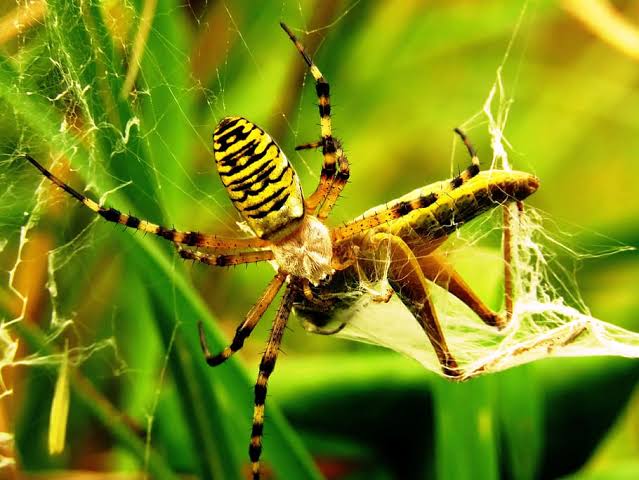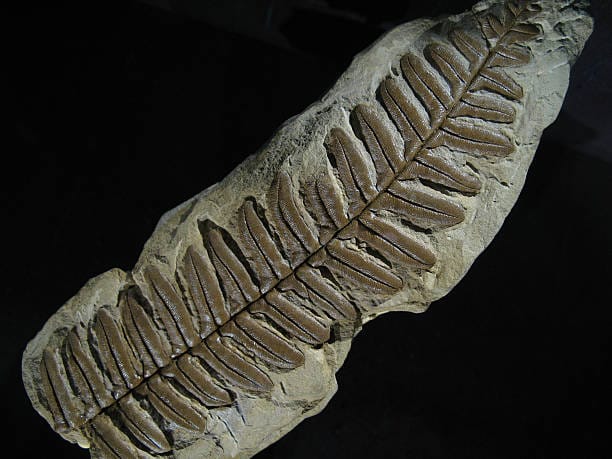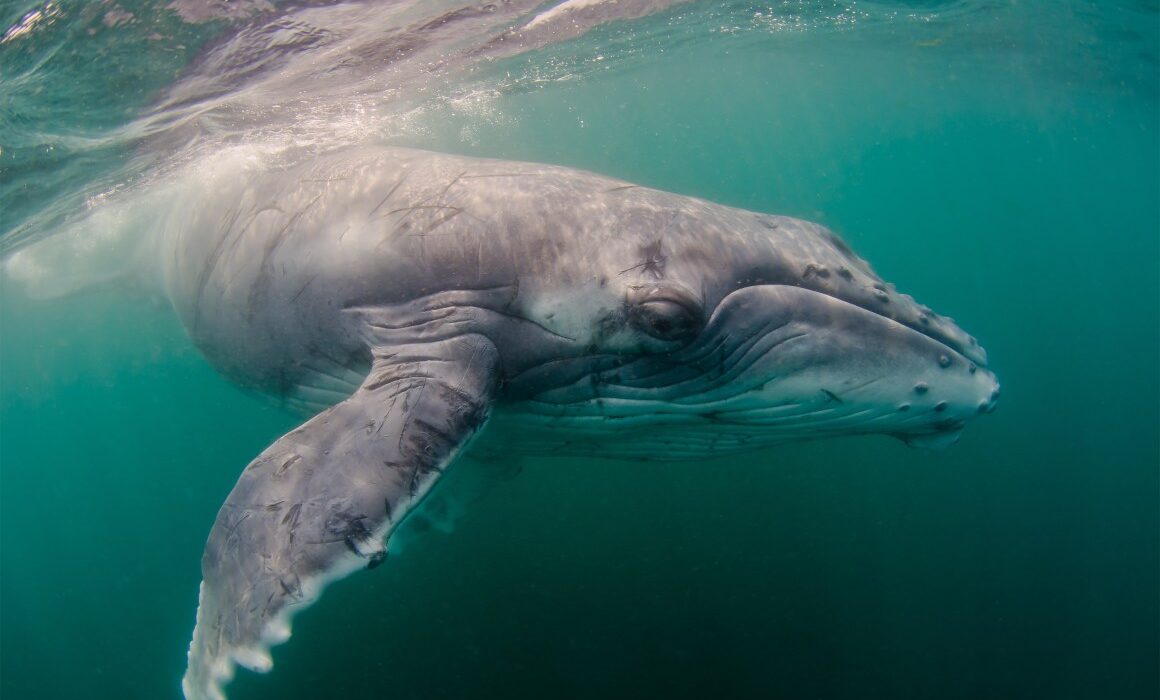There is a quiet miracle that happens in gardens, meadows, and forests all over the world. It begins with a cluster of tiny, translucent eggs, no larger than the head of a pin, laid with careful precision on the underside of a leaf. Within days, these eggs hatch into wriggling caterpillars that chew, crawl, and grow with relentless appetite. Then, as if driven by a secret code buried deep within their cells, these creatures suspend themselves upside down, shed their skin one final time, and seal themselves inside a jade-green chrysalis. What happens next borders on the unbelievable: the body of the caterpillar dissolves, its tissues breaking down into a cellular soup. And from that goo, a completely different creature emerges—winged, weightless, and astonishingly beautiful.
This transformation, known as metamorphosis, has fascinated and baffled scientists, philosophers, and poets for centuries. It is one of the most radical transitions in the animal kingdom, turning a crawling larva into a flying adult with entirely different anatomy, behavior, and ecological role. But beyond its ethereal beauty lies a complex and sophisticated biological process—one that requires exquisite timing, powerful molecular signals, and an evolutionary history stretching back hundreds of millions of years.
In this article, we will peel back the layers of mystery surrounding butterfly metamorphosis. We will explore the developmental stages, genetic controls, and physiological mechanisms that make this transformation possible, and examine how evolution shaped such a strategy in the first place. We will also consider what butterfly metamorphosis can teach us—not just about nature, but about life itself.
The Egg: Programming the Future
Every butterfly begins as an egg, typically laid on a plant chosen with great care by the adult female. This plant, known as the host plant, is not just a place to anchor an egg—it is the future food source for the caterpillar, and the choice of plant is often species-specific. Monarch butterflies, for instance, lay their eggs exclusively on milkweed, which contains toxic compounds that make the caterpillars (and later the adult butterflies) unpalatable to predators.
Inside the egg, embryonic development begins almost immediately. The fertilized egg contains not only the genetic instructions needed to form a caterpillar, but also molecular gradients and maternal proteins that help guide early development. In just a few days, depending on temperature and species, a miniature caterpillar takes shape, already segmented and equipped with rudimentary chewing parts.
What is particularly remarkable is how much of the caterpillar’s fate is pre-determined at this early stage. Even as it hatches, the larva carries within its cells the dormant genetic programs that will one day build wings, antennae, and compound eyes. These programs remain silent for now, but their presence ensures that metamorphosis will unfold according to plan—assuming nothing interferes with the process.
The Caterpillar: Engine of Growth
When the caterpillar emerges from the egg, it enters a phase of near-constant eating. Its life becomes a race against time and predators. The primary goal is to grow—rapidly and massively. Caterpillars can increase their body mass by several thousand percent in just a couple of weeks. They achieve this feat through repeated molting. Each time the caterpillar outgrows its skin, it sheds it and emerges slightly larger, ready to consume even more.
But this phase is not merely about getting bigger. Beneath the surface, the caterpillar’s tissues are quietly preparing for what lies ahead. Embedded within its body are clusters of cells known as imaginal discs. These are the architectural blueprints of the future butterfly—tiny groups of stem cells destined to form the adult structures: wings, legs, eyes, antennae, and more. During the larval stage, these discs remain largely inactive, shielded from the metabolic chaos of feeding and growing.
Also critical to this stage is the accumulation of energy. Caterpillars store nutrients, especially lipids and proteins, that will later be used to power the dramatic transformation inside the chrysalis. Every bite of leaf is converted into fuel for future rebirth.
At the hormonal level, the caterpillar’s life is regulated by a careful dance between juvenile hormone and ecdysone. Juvenile hormone keeps the caterpillar in its immature form, while pulses of ecdysone trigger molting. When juvenile hormone levels finally drop, a final surge of ecdysone initiates the transition to pupation. The caterpillar stops eating, seeks out a safe perch, and begins to shed its skin for the last time.
The Chrysalis: Death and Resurrection
Of all the stages in a butterfly’s life, the chrysalis—or pupal stage—is the most mysterious and misunderstood. To the casual observer, it appears lifeless, suspended in stillness. But inside, a biological revolution is taking place.
Soon after the outer cuticle hardens to form the protective casing of the chrysalis, enzymes are released that begin to digest many of the larva’s internal tissues. Muscles dissolve. The gut breaks down. Even parts of the nervous system are dismantled. What remains is a rich, nutrient-filled slurry—a kind of biological blank slate.
From this chaos, order begins to emerge. The imaginal discs—those dormant blueprints—awaken. Fueled by stored nutrients and directed by precise gene expression, they rapidly proliferate and differentiate. Wings unfurl. Eyes assemble. Proboscises coil into place. New muscle systems form, and the brain undergoes a massive reorganization to support the sensory and motor demands of flight and mating.
This rebuilding process is orchestrated by a suite of master control genes, including the famous Hox genes, which dictate body plan and segmentation. Epigenetic modifications also play a role, turning genes on and off as needed without altering the underlying DNA. Developmental biologists have used fluorescent tagging and micro-imaging to visualize these changes in real time, revealing a choreography of construction that rivals anything in the architectural world.
And yet, perhaps the most astonishing aspect of the chrysalis is not the rebuilding of the adult, but the continuity of identity. Despite the apparent death of the caterpillar’s body, the organism remains alive, aware in some rudimentary sense. Experiments have shown that caterpillars trained to associate a specific odor with a mild electric shock can retain that memory after metamorphosis—a finding that suggests at least some elements of the nervous system remain intact.
The Adult Butterfly: A New Life, A New World
When the transformation is complete, the chrysalis darkens, and the butterfly emerges in a slow, deliberate motion. Its wings are crumpled and wet, and it must hang upside down for hours as fluid is pumped into the veins of its wings to expand and harden them. Once flight is possible, the butterfly enters a world utterly alien to the one it knew as a caterpillar.
Gone are the mandibles and slow crawling legs. In their place are delicate, scaled wings, compound eyes with a broad spectrum of vision, and a proboscis for sipping nectar. The adult’s behavior is radically different as well. It no longer eats solid food, and in many species, it does not grow or molt. Instead, its life centers on mobility, reproduction, and dispersal.
The adult stage is often short-lived—ranging from a few days to a few weeks—but it is ecologically critical. Butterflies pollinate flowers, serve as prey for birds and other animals, and in many ecosystems, act as indicators of environmental health. Their brilliant coloration, often a product of microscopic structures rather than pigments, serves both as camouflage and communication.
From a biological standpoint, the adult butterfly is not simply a continuation of the caterpillar—it is the fulfillment of a two-stage life strategy that evolved to separate feeding and breeding into distinct phases. This separation reduces competition between young and adults and allows each form to specialize in its ecological role.
The Evolution of Metamorphosis
Metamorphosis is not unique to butterflies—it is found throughout the insect world and even among other animal groups such as amphibians and marine invertebrates. But in holometabolous insects like butterflies, beetles, and flies, the transformation is especially complete.
The evolutionary origins of such radical change remain a subject of debate, but most entomologists agree that complete metamorphosis likely evolved over 280 million years ago, in a common ancestor of all holometabolous insects. One leading hypothesis, known as the “larval transfer theory,” suggests that the larval stage may have evolved from a free-living embryo, allowing the adult and juvenile forms to exploit different ecological niches.
Genetic studies have shown that many of the same developmental genes are used in both larvae and adults, but they are deployed in different ways and at different times. The flexibility of these gene networks, combined with hormonal regulation, allowed evolution to sculpt two entirely different body plans within the same organism.
What began as a strategy for survival became, over millions of years, a masterpiece of natural engineering. Metamorphosis allows insects to divide their life cycles into distinct, specialized stages, increasing their chances of survival, reproduction, and evolutionary success.
A Symbol, A Science, A Lesson
To witness butterfly metamorphosis is to watch nature rewrite its own rules. It is both science and symbolism—a living metaphor for change, renewal, and the hidden potential within all living things. But it is also a powerful reminder of how much we have yet to understand.
Scientists are only beginning to unravel the molecular intricacies of this transformation. Advances in genomics, imaging, and developmental biology are shedding new light on how tissues are reprogrammed, how memory persists through metamorphosis, and how gene expression is orchestrated across such different life stages. These findings not only deepen our understanding of insect biology but may one day inform regenerative medicine, tissue engineering, and the treatment of degenerative diseases in humans.
At a time when pollinators like butterflies face threats from habitat loss, climate change, and pesticides, understanding their biology is not merely an intellectual exercise—it is a necessity. Protecting their life cycles means protecting the fragile web of interactions that sustain ecosystems around the world.
Closing Wings
As the adult butterfly lifts from its chrysalis and flutters into sunlight, it carries with it the imprint of every stage it has passed through—the embryo, the caterpillar, the pupa. It is a creature made from contradictions: both old and new, both delicate and resilient, both ephemeral and eternal in the memory of those who watch it take flight.
Metamorphosis is not just the story of how a worm becomes a winged jewel. It is a window into the power of transformation itself—a biological epic where death is not an end, but a necessary passage to something more complex, more refined, more free. In the quiet chambers of a chrysalis, nature whispers one of its deepest secrets: that change, no matter how radical, is not only possible—it is written into the very code of life.

